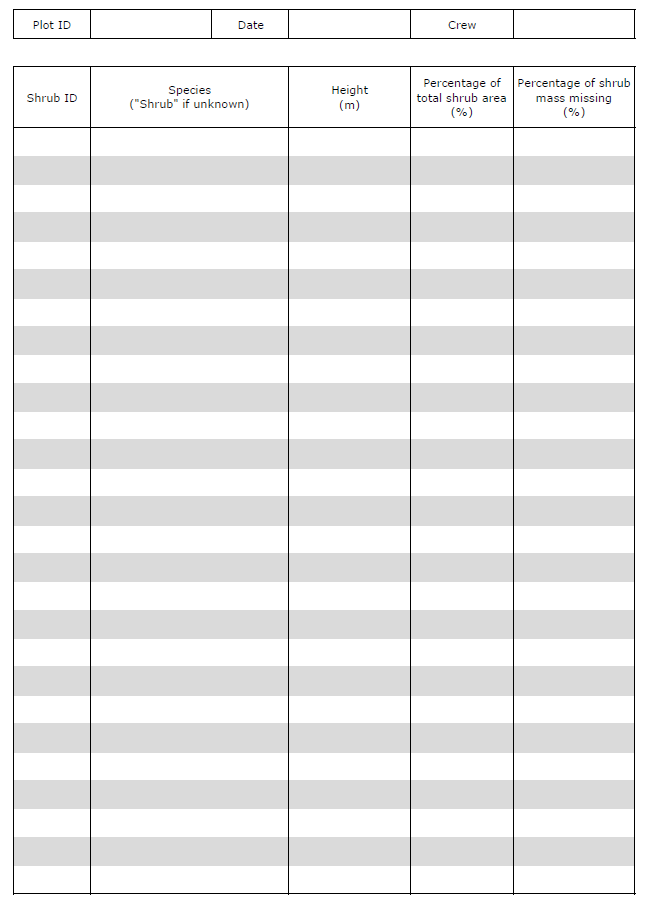Summary
Summary
This page provides overview guidance on designing and running an i-Tree Eco survey.
The attached guide (i-Tree Eco Sample-Plot Projects: A guide to planning, designing, and delivering a sample-plot project) has been designed to facilitate an increase in i-Tree Eco projects across the United Kingdom by enabling project leaders to conduct their own, through the provision of guidance, support, and experience. Timescales, considerations, and suggested equipment for the planning and preparation of projects are detailed.
Full guidance is available in the i-Tree Eco v6 manual, available as free download from the resources’ section of the i-Tree website.
General Content
i-Tree Eco project overview
Designing and delivering your i-Tree Eco survey should include the following stages:
Planning
- Confirm study area boundaries
- Confirm choice and method of stratification
- Confirm plot numbers
- Confirm additional survey data
- Create project plan, create work allocation and budgeting plan
- Produce detailed draft timeline
- Write project methodology
- Prepare Risk Assessments and other Health and Safety measures
- Contract volunteers and/or professional surveyors
Preparation
- Set up the project in the i-Tree Eco software
- Distribute sample plots
- Prepare surveyor plot maps and data collection forms
- Prepare letters to homeowners
Fieldwork
- Train surveyors in field data collection
- Provide equipment to surveyors
- Fieldwork data collection is carried out by surveyors
- Monitor data input and quality assure collected data regularly
Data Analysis and Reporting
- Calculate ecosystem service provision using i-Tree Eco
- Note that the monetary values calculated by i-Tree Eco are specific to the United States. For UK studies:
- Calculate the value of carbon storage and sequestration using the BEIS Valuation of greenhouse gas emissions guidance
- Calculate the value of air pollution removal using Defra’s Air Quality Appraisal: Damage Cost Guidance
- Calculate the value of avoided runoff using the volumetric charge for sewage or wastewater from the water supplier local to the study area
- Produce charts for report
- Produce report
- Publicise and disseminate the results
Contact
Support
Help with designing your i-Tree Eco survey can be found at the following:
Useful sites
Downloads
Funding & Partners
-
 Forestry Commission
Forestry Commission


